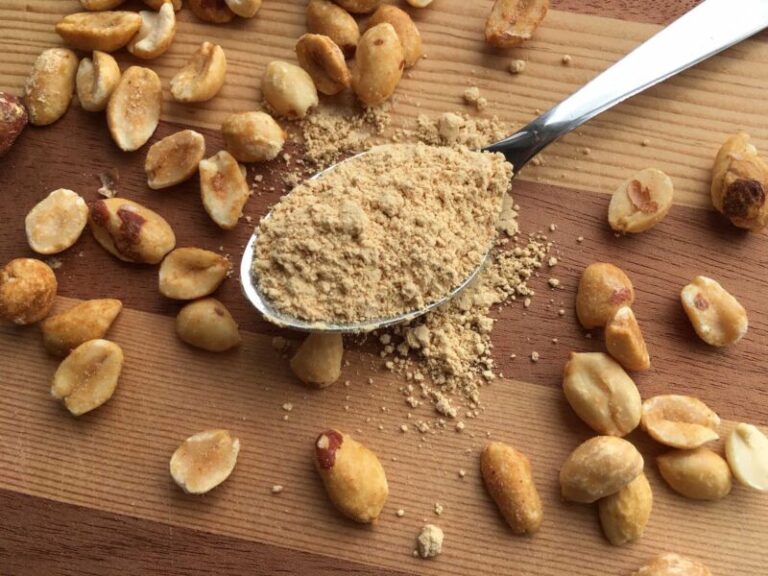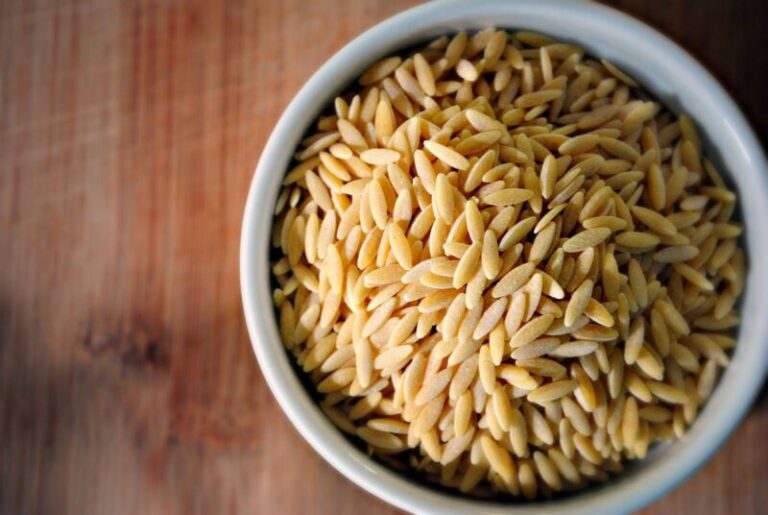The 5 Best Substitutes for Port Wine
As a home cook, I love experimenting with new ingredients and flavors in the kitchen. Wine often acts as the perfect seasoning, bringing depth and brightness to a dish. Port wine, in particular, adds a sweet, rich layer to savory meals and decadent desserts. However, port wine can be difficult to find and quite expensive. When a recipe calls for port wine and I don’t have a bottle on hand, I rely on these handy substitutions to achieve a similar flavor profile.
An Introduction to Cooking with Wine
Before diving into the best substitutes, let’s look at why cooks use wine in recipes in the first place. Wine serves various functions beyond just adding flavor:
- It can intensify and boost the existing flavors of the ingredients
- The acidity of wine brightens up heavy dishes
- Alcohol cooks off, leaving behind concentrated flavor
- Wine adds depth, complexity, and aroma to sauces and braises
- It brings out subtle flavors and marries all the components together
Port wine, in particular, elevates so many dishes with its intense sweetness. The concentrated fruit flavors pair wonderfully with savory meats and rich desserts. However, port wine’s specialty nature makes it harder to source than regular table wines. Don’t let that stop you from creating port wine-style dishes at home with these handy substitutions.
The Sweet, Rich Appeal of Port Wine
Now that we’ve covered suitable substitutes, let’s explore port wine itself. This fortified wine hails from the Douro region of Portugal. Port gets its signature sweetness by adding grape brandy during fermentation. This stops the process early, leaving behind high amounts of sugar.
There are several major types of port wine, but the most common varieties include:
- Ruby port – Deepest red in color with very sweet, fruit-forward taste
- Tawny port – Golden brown hue with flavors of nutty caramel and dried fruit
- White port – Light golden color with fruity and floral notes
- Vintage port – Darkest purple-red color with opulent black fruit and peppery spice flavors
The sweetness and complexity of port wine has made it a post-dinner tradition for centuries. Tawny and white ports offer brightness to balance the sugar levels. Pair them with soft cheeses, chocolate desserts like milk chocolate mousse, cheesecake, or fruit pies. Vintage and ruby ports complement bitter chocolate, chocolate truffles, or sweet berries like raspberries. Port may not be an everyday wine, but it certainly deserves a place in any wine lover’s kitchen!
The 5 Best Substitutes for Port Wine
Chianti
My top choice to mimic port is a bottle of Chianti. This Italian red wine has a similar sweet, fruity taste brightened with notes of cherry. I find that Chianti’s flavor profile closely aligns with the fruit-forward nature of ruby port. However, Chianti tends to be a bit drier and lighter than port wine. Adjust the amount used in the recipe accordingly so the flavors don’t become overpowering.
Chianti works very well in savory dishes with its touch of sweetness. The red berry flavors come through beautifully in pork or beef stews braised with tomatoes, herbs, and vegetables. For pan sauces, I typically use about 1⁄4 cup of Chianti per serving. The sweet cherry notes balance out the richness from the fat.
Zinfandel
While Zinfandel often gets overshadowed by other bold California reds, its bright berry flavors make a solid stand-in for port wine. Compared to other ports, tawny port has a lighter profile with a red berry taste. Zinfandel gives a similar vibrancy with flavors of cherry, raspberry, and nectarine.
In poultry dishes like chicken cacciatore, Zinfandel’s zesty, fruit-forward taste perks everything up. About 1⁄2 cup per serving suffices. For chicken stew or pot pie fillings, stir in 1⁄4 to 1⁄3 cup of Zinfandel. The wine’s crispness works well amidst the creamy, tender ingredients. Just stay mindful of Zinfandel’s lower alcohol content and sometimes dry nature.
Shiraz
With its deep inky color and rich flavor, Shiraz makes an excellent stand-in for ruby port’s bold profile. This dark red wine bursts with ripe fruit taste along with spicy notes of black pepper, cloves, and herbs. The flavor leans more savory than sweet, but Shiraz can provide a similar bite of acidity as port.
Shiraz shines when used in place of port for braising beef or lamb shanks. About 1⁄3 to 1⁄2 cup per serving should do the trick. The red wine deeply seasons the meat while lending a subtle smoky nuance, similar to tawny ports that are aged in barrels. Shiraz also works for deglazing pans after searing meat, adding complexity to the sauce.
Merlot
For a port wine substitute with similarly lush texture, pop open a bottle of Merlot. This medium-bodied red wine boasts bright, fruity notes of plum and blackberry. While drier than port, a Merlot’s smooth, velvety qualities nicely complement richer dishes. Much like port, Merlot works magic when paired with beef, lamb, or duck.
Try using Merlot in place of port wine in beef bourguignon or coq au vin. For every cup of port called for, use 3⁄4 to 1 cup of Merlot. The wine’s subtle tannins help soften and tenderize the meat. Merlot also shines in tomato-based pasta sauces. Add about 1⁄3 cup per serving. The fruity flavors balance and enrich the acidity of the tomatoes.
Broth or Stock
Don’t overlook using broth or stock in place of port in a pinch. Vegetable, chicken, or beef broth can mimic port’s role in savory dishes at least texture-wise. The liquid keeps things moist while providing body. However, swapping in broth significantly alters the overall flavor. Cooks may need to tweak herbs and seasonings to make up for the lack of fruitiness.
Broth or bouillon work best in dishes with lots of spices and other strong flavors happening. Beef stew gains richness from beef stock instead of port. For mushroom sauces, vegetable broth blends in seamlessly. But proceed with caution in desserts. Broth can ruin the texture and may result in a salty, meaty taste.
Final Thoughts
Even understudies can give a star performance. While port wine brings irreplaceable depth and fruitiness, the alternatives listed above can still hit the right notes. A touch of Chianti, Merlot, or Zinfandel brightens up savory dishes in a similar fashion. And broths or stocks replicate port’s rich body. While I always prefer port’s complexity, I feel confident using these handy substitutes in my home cooking.






